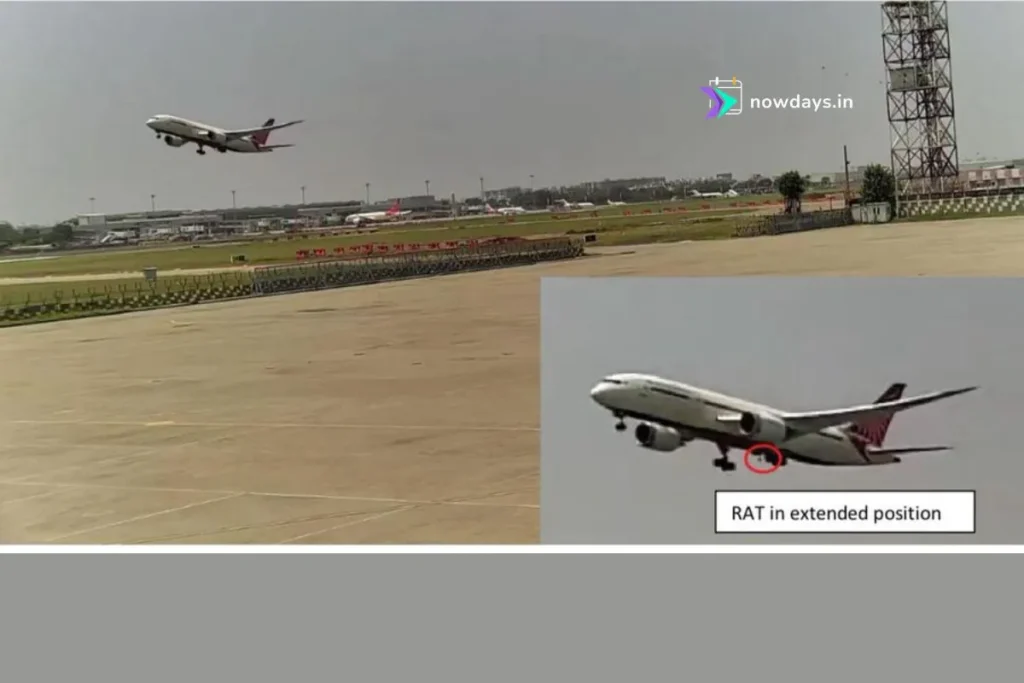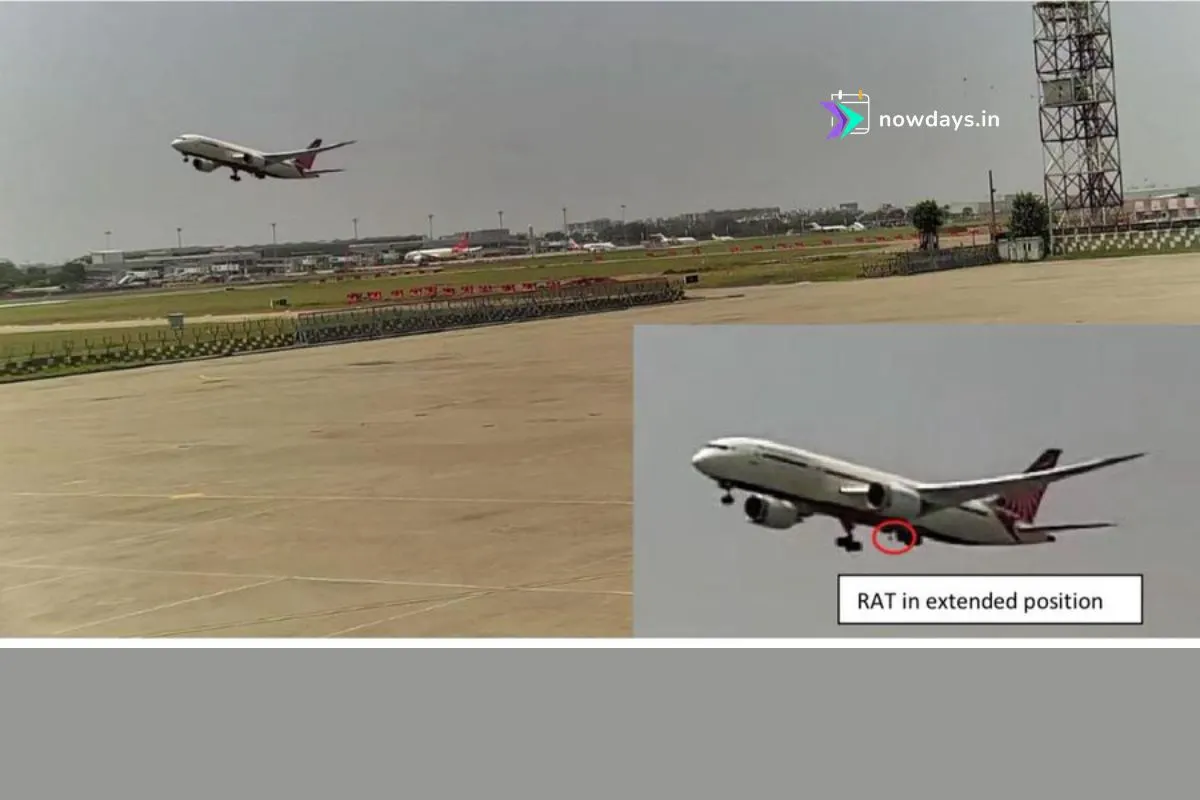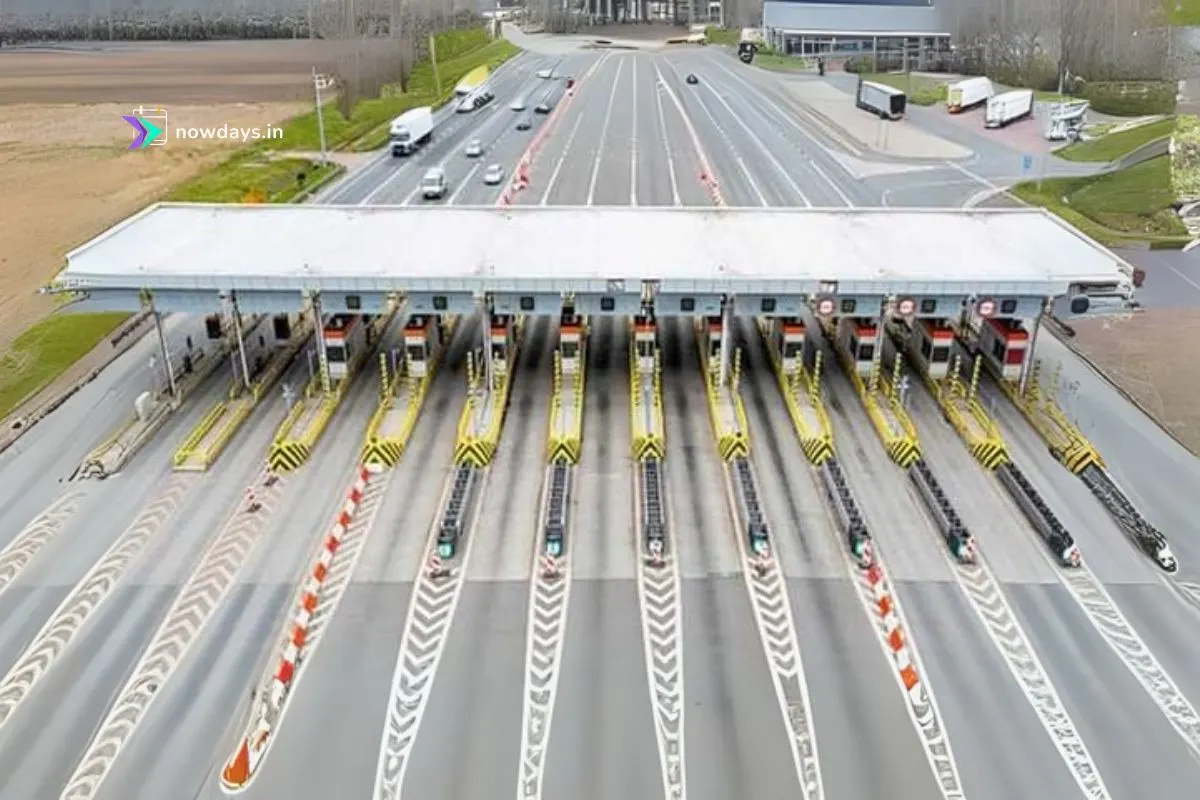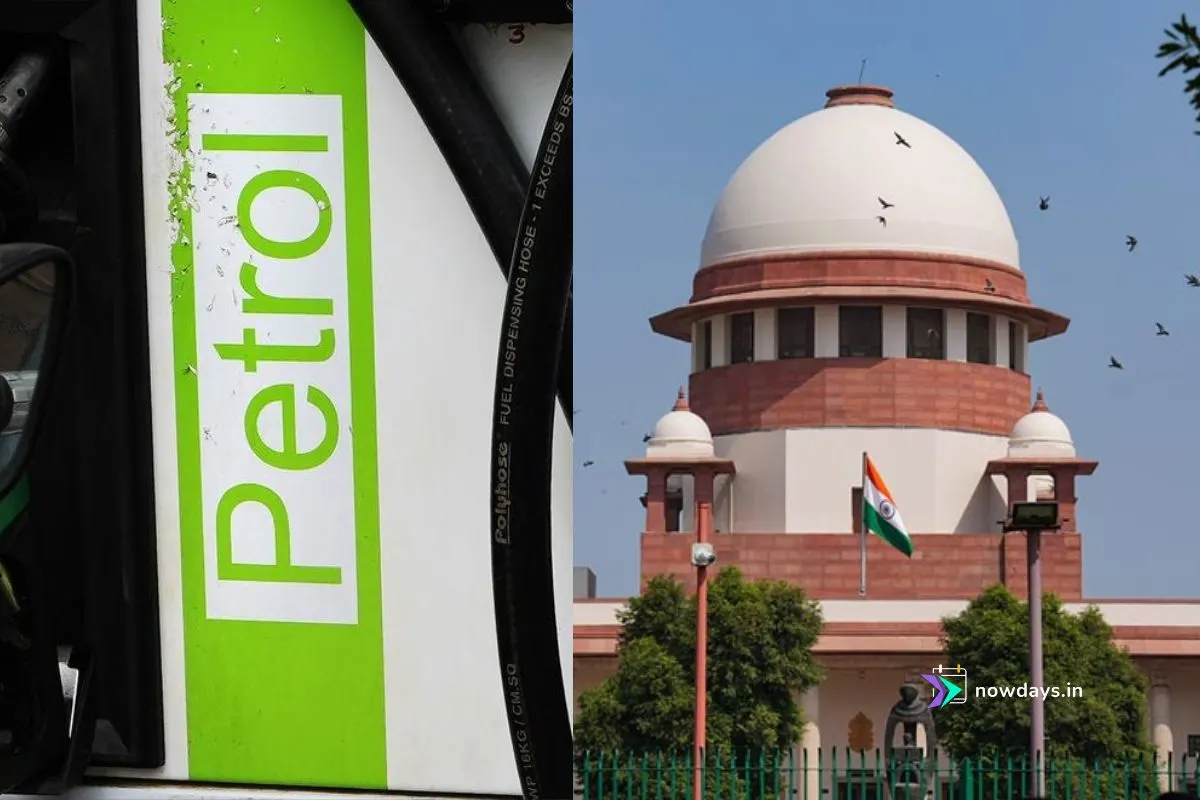Investigators have released their preliminary findings on the tragic crash of Air India Flight 171, which took place shortly after takeoff from Ahmedabad Airport on June 12, 2025. The report, made public today, July 12, 2025, by India’s Aircraft Accident Investigation Bureau (AAIB), provides initial insights into the cause of the disaster, which claimed 260 lives in total. This section offers a clear, layman-friendly summary of the key findings, acknowledging the complexity and ongoing nature of the investigation.
Air India Flight 171, operated by a Boeing 787-8 Dreamliner with registration VT-ANB, was scheduled for a passenger flight from Sardar Vallabhbhai Patel International Airport in Ahmedabad, India, to London Gatwick Airport, United Kingdom. On June 12, 2025, at approximately 13:39 IST (08:09 UTC), the aircraft crashed 32 seconds after takeoff, impacting a hostel block of B. J. Medical College in Ahmedabad. This incident resulted in the deaths of 241 out of 242 people on board, including 230 passengers and 12 crew members (2 flight crew and 10 cabin crew), and an additional 19 fatalities on the ground, with 67 others injured. Only one passenger survived with serious injuries, marking this as the worst aviation disaster involving an Indian airline in at least four decades and the first fatal crash involving a Boeing 787 Dreamliner.

The preliminary report, released today, July 12, 2025, complies with International Civil Aviation Organization (ICAO) rules, which mandate a preliminary report within 30 days of the accident. The report, a 15-page document, outlines initial findings and the status of the ongoing investigation, focusing on the sequence of events leading to the crash.
Detailed Findings from the Preliminary Report
The AAIB’s preliminary investigation reveals the following key points, corroborated by multiple news sources including The Times of India, The Hindu, Indian Express, and CNBC TV18:
- Fuel Control Switch Movement: The report states that, three seconds after the aircraft became airborne, the fuel control switches for both engines transitioned from the “RUN” to “CUTOFF” position, with a time gap of one second between the movements. This action resulted in a loss of engine thrust, leading to the aircraft’s inability to maintain altitude and subsequent crash. The exact timing was recorded at 13:38:42 p.m. IST.
- Pilot Communication and Confusion: Analysis of the cockpit voice recorder (CVR) captured a critical exchange where one pilot asked, “Why did you cut off (fuel)?” and the other responded, “I did not do it.” The report does not specify which pilot made which statement—whether it was the pilot-in-command, Sumeet Sabharwal, with nearly 8,600 hours on the Boeing 787, or the co-pilot, Clive Kundar, with over 1,100 hours. This exchange indicates confusion and lack of clarity regarding the switch movements, but the report does not conclude whether these actions were inadvertent, deliberate, or due to a technical malfunction.
- Engine Behavior and Failed Relight Attempt: The engines lost thrust immediately after the switch movements, and there was a failed attempt to relight one engine, as noted in some summaries. The report examined engine behavior using flight data recorder (FDR) data, which showed both engines’ N2 values passing below minimum idle speed, confirming the loss of power.
- Crash Impact and Casualties: The aircraft crashed nose-up into the hostel block, with debris scattered widely, causing multiple explosions on impact. The total casualties included 229 passenger deaths, 10 crew member deaths, and 2 pilot deaths on board, plus 19 ground fatalities and 67 ground injuries, as per various reports.
- Aircraft and Flight Details: The Boeing 787-8, a wide-body aircraft, had a “clean history” with no reported red flags, according to statements from Tata Sons Chairman N Chandrasekaran. The flight was a scheduled international passenger service, and the aircraft’s service history is under review for any recurring issues that might have contributed to the crash.
Key Preliminary Findings
| Aspect | Details |
|---|---|
| Date and Time of Crash | June 12, 2025, at 13:39 IST (08:09 UTC), 32 seconds after takeoff |
| Aircraft Type | Boeing 787-8 Dreamliner, registration VT-ANB |
| Route | Ahmedabad to London Gatwick |
| Passengers and Crew | 230 passengers, 12 crew members (2 flight crew, 10 cabin crew) |
| Casualties | 241 on board dead (229 passengers, 12 crew), 19 ground deaths, 67 injured |
| Survivors | 1 passenger with serious injuries |
| Primary Finding | Fuel control switches moved to CUTOFF 3 seconds after takeoff, causing thrust loss |
| Pilot Interaction | One pilot asked, “Why did you cut off (fuel)?”; other said, “I did not do it” |
| Investigation Status | Preliminary report released; ongoing investigation, final report pending |
Implications and Ongoing Investigation
The preliminary report does not provide a definitive cause for the switch movements, leaving open the possibility of human error, technical failure, or a combination of both. The focus on the cockpit voice and flight data recorders suggests that investigators are examining pilot actions, aircraft systems, and potential design or maintenance issues. The involvement of international experts, including a team from the UK Air Accidents Investigation Branch (AAIB), underscores the global interest in this first fatal crash of a Boeing 787, with around 1,100 such aircraft operating worldwide.
Air India has acknowledged the preliminary report and is cooperating fully with the AAIB, while also establishing an “AI-171 Trust” to support affected families, as stated by Tata Sons Chairman N Chandrasekaran. Allegations regarding compensation processes have been noted, but these are outside the scope of the crash investigation itself.
The report’s findings have raised concerns about the safety of the Boeing 787, particularly regarding the fuel control systems and pilot training. Aviation safety experts, as cited in BBC reports, note that modern flight data recorders capture thousands of parameters, transforming crash investigations, but the complexity of this incident requires further analysis.
The preliminary report on the Air India Flight 171 crash highlights a critical failure in the aircraft’s fuel control systems, with significant implications for pilot training, aircraft design, and aviation safety protocols. As the investigation continues, further details are expected to clarify whether human error, technical malfunction, or other factors contributed to this tragic event. This analysis serves as a foundation for understanding the incident and its broader impact on the aviation industry.
The information presented is derived from multiple credible sources, including:
These sources consistently report on the fuel switch movements, pilot confusion, and casualty figures, ensuring a comprehensive understanding of the preliminary report’s content. Efforts to access the official AAIB website for the direct PDF were unsuccessful, but the summaries align with the expected content based on ICAO guidelines for preliminary reports.










2 thoughts on “Investigators have released their preliminary report on the crash of AI171”